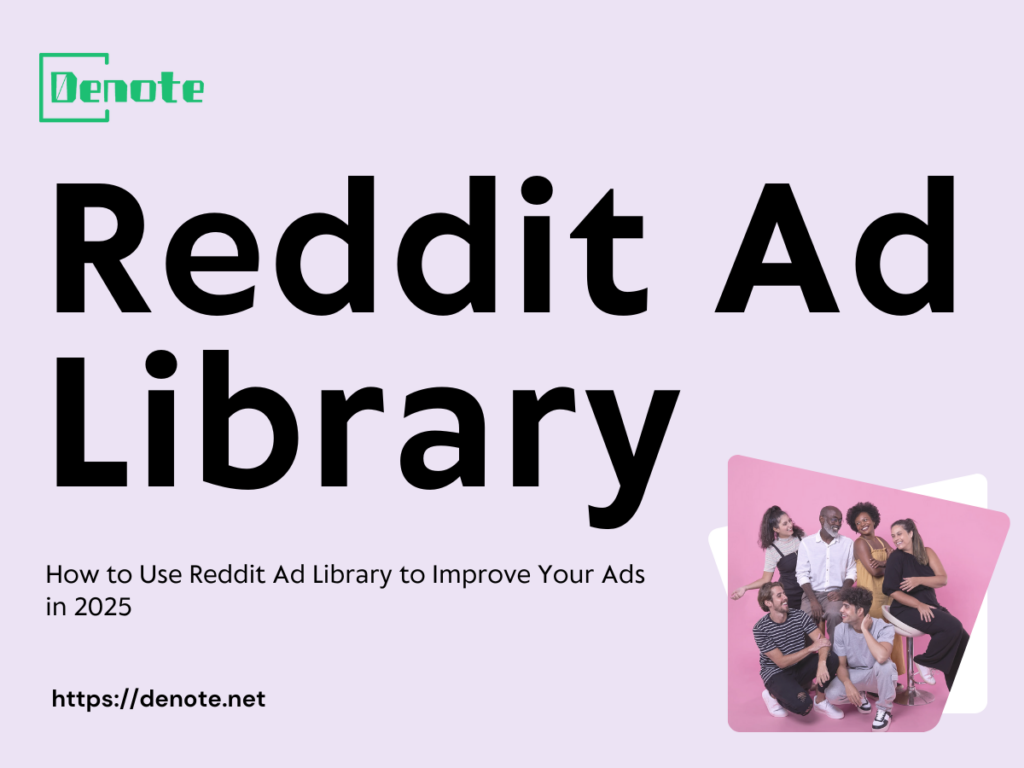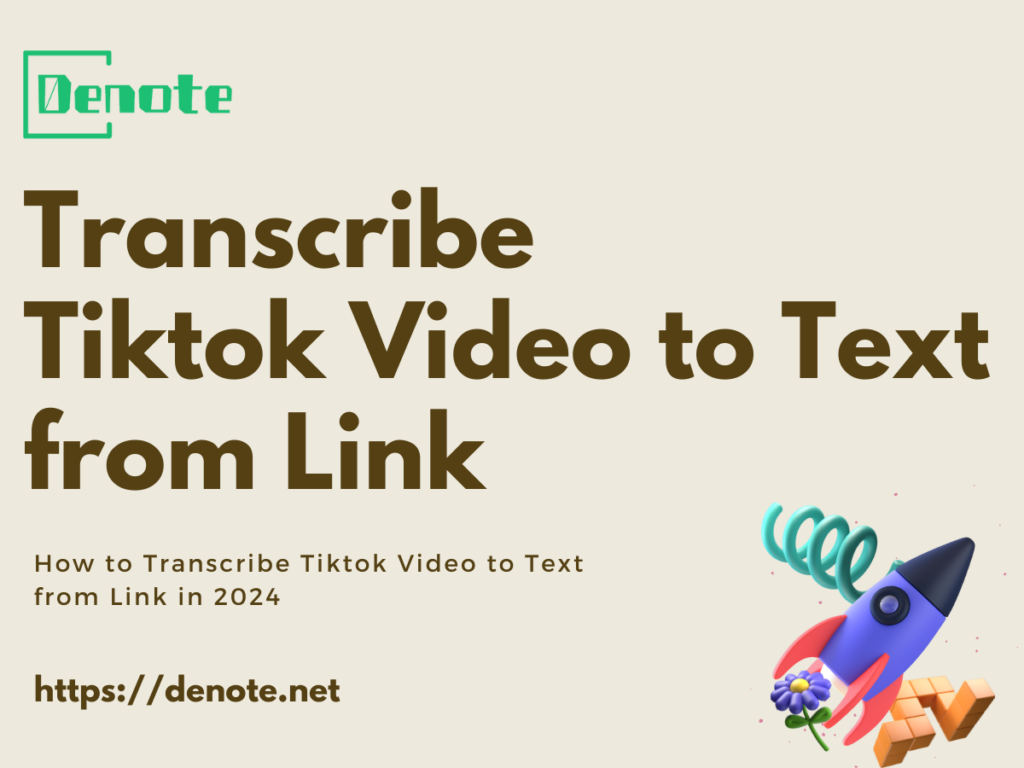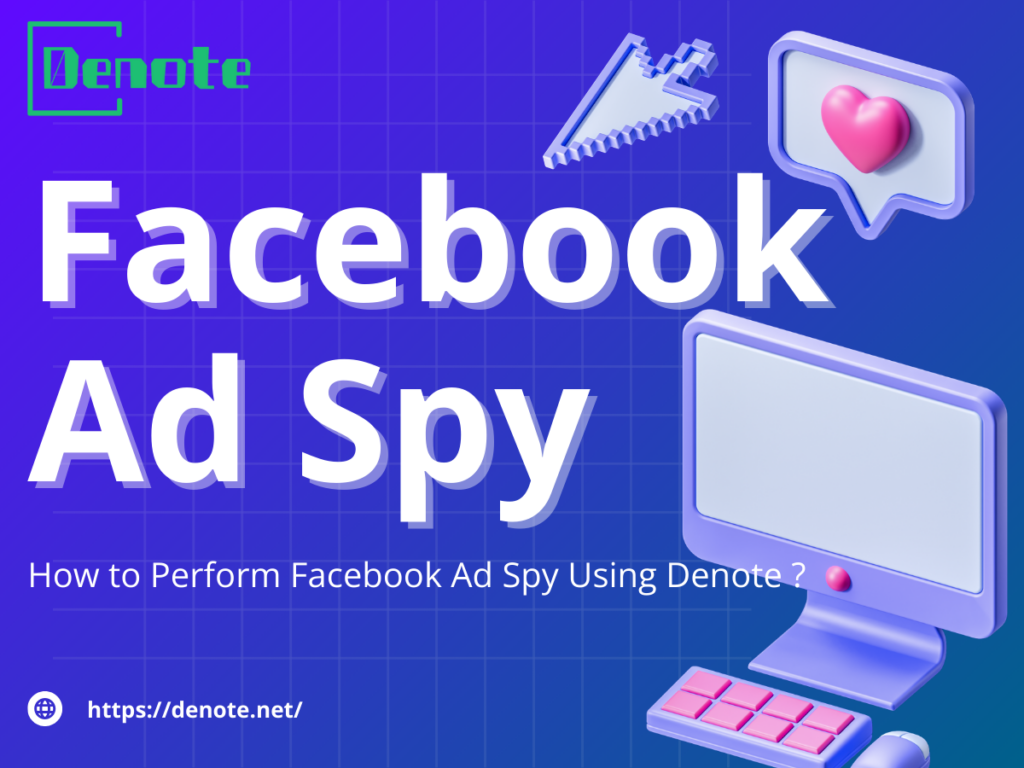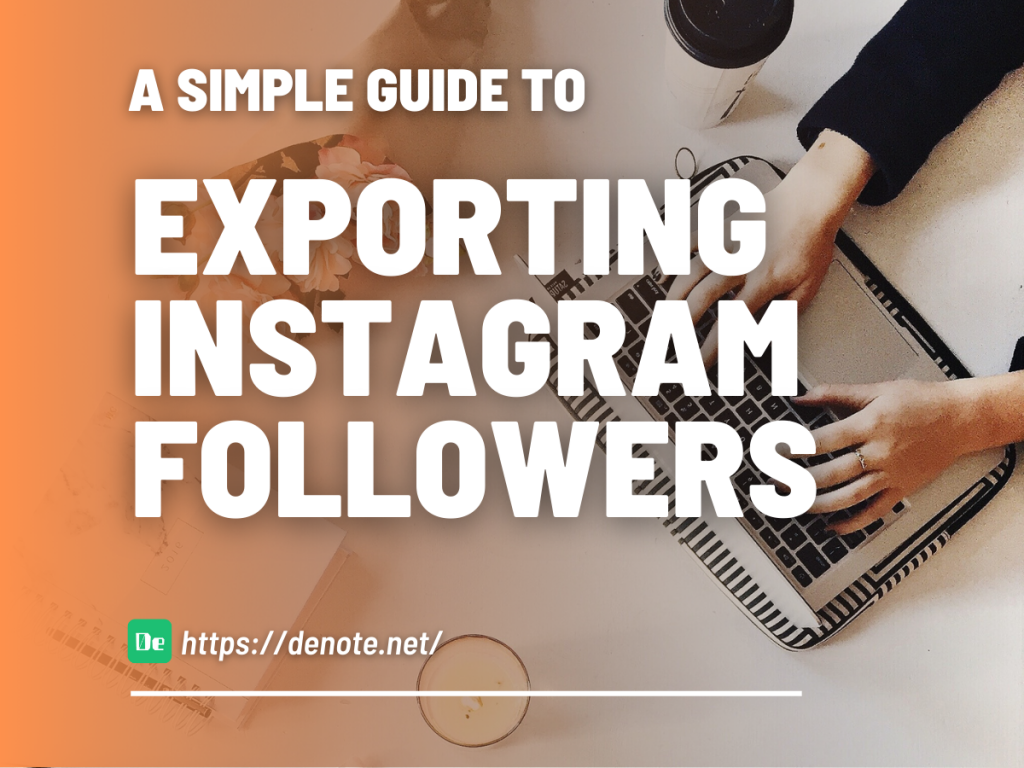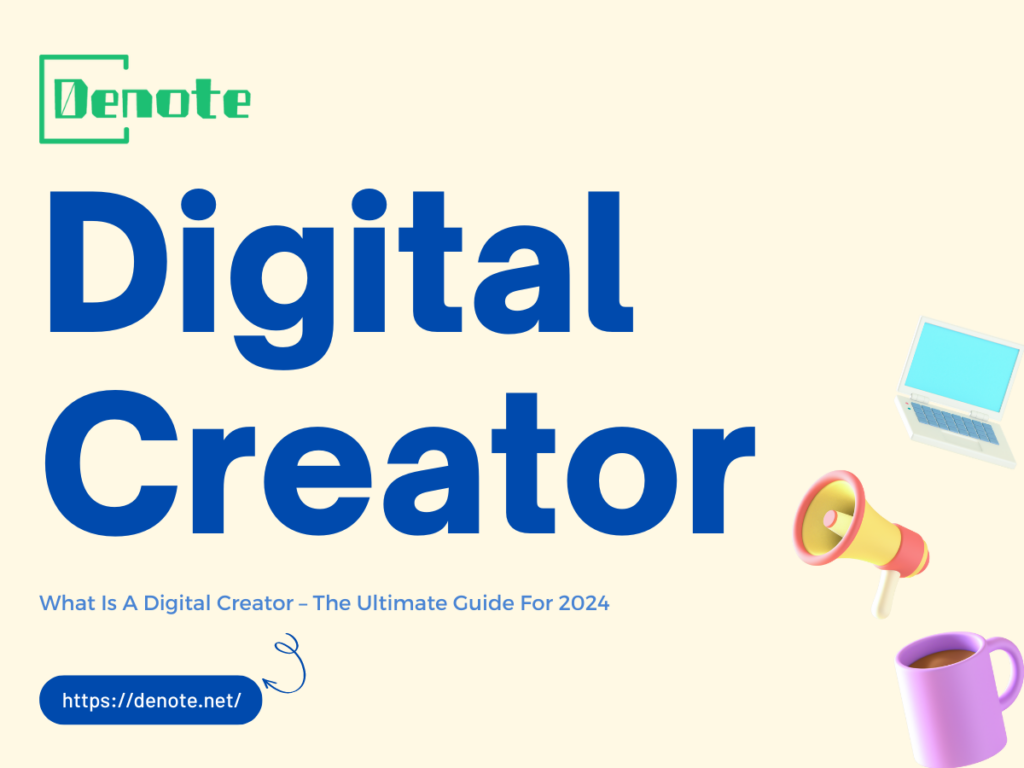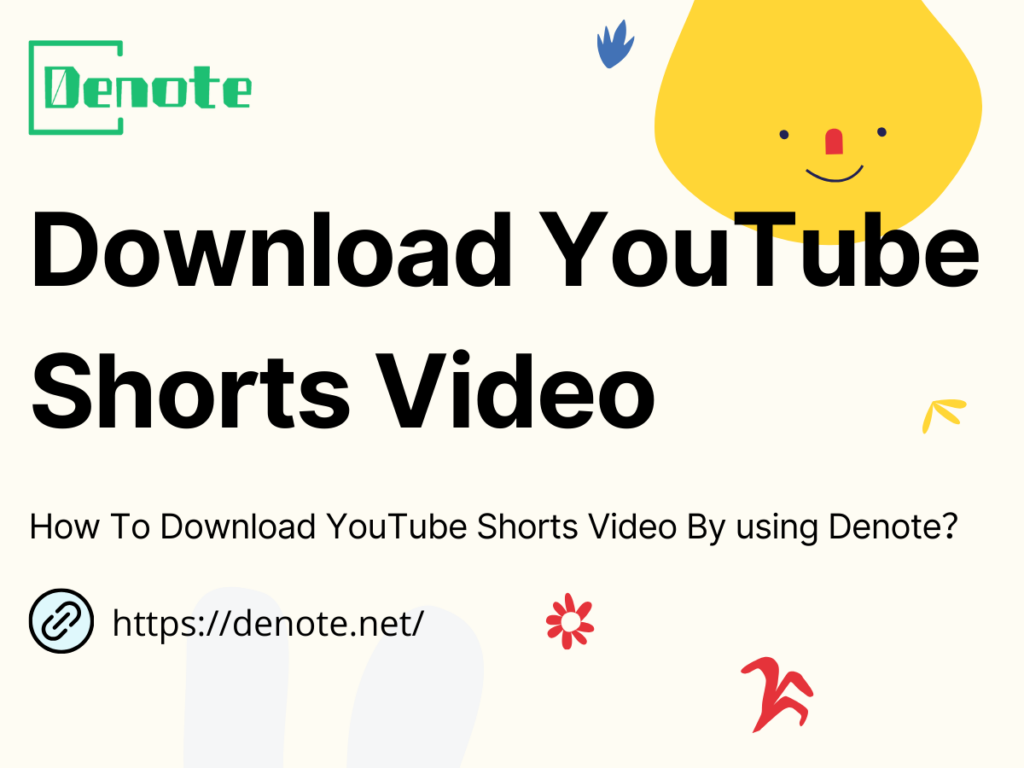How to Create High Performing UGC Ads in 2025
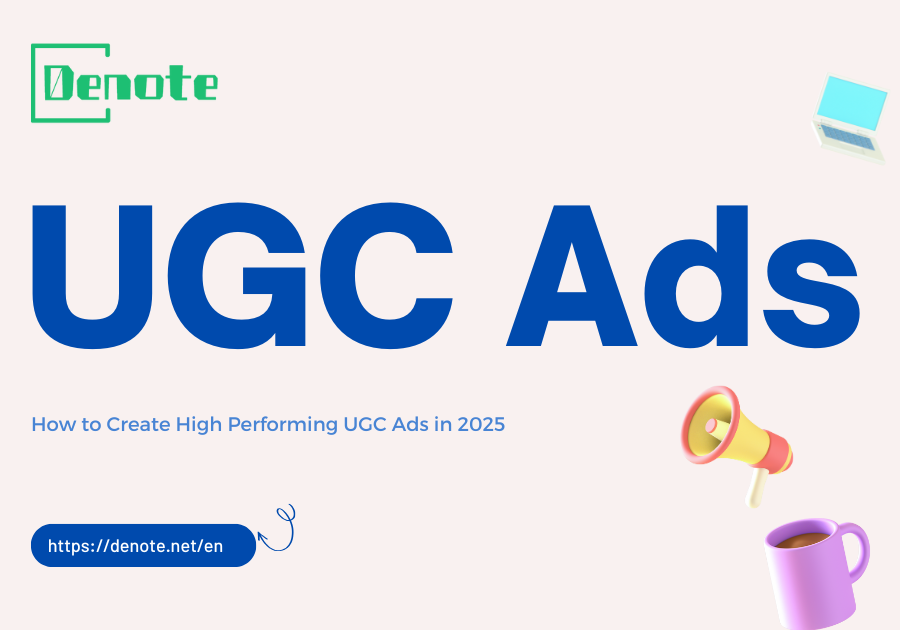
What Are UGC Ads
In today's fast-moving digital world, old-fashioned ads find it tough to meet what people now expect. We see so many brand messages, leading us to get tired of ads and not trust them. This is where UGC ads come in. UGC means User-Generated Content. These ads use real content made by users, like posts, reviews, and testimonials, and turn them into successful ads. Unlike slick, company-made ads, UGC ads seem personal, relatable, and trustworthy. This is exactly what people today want.
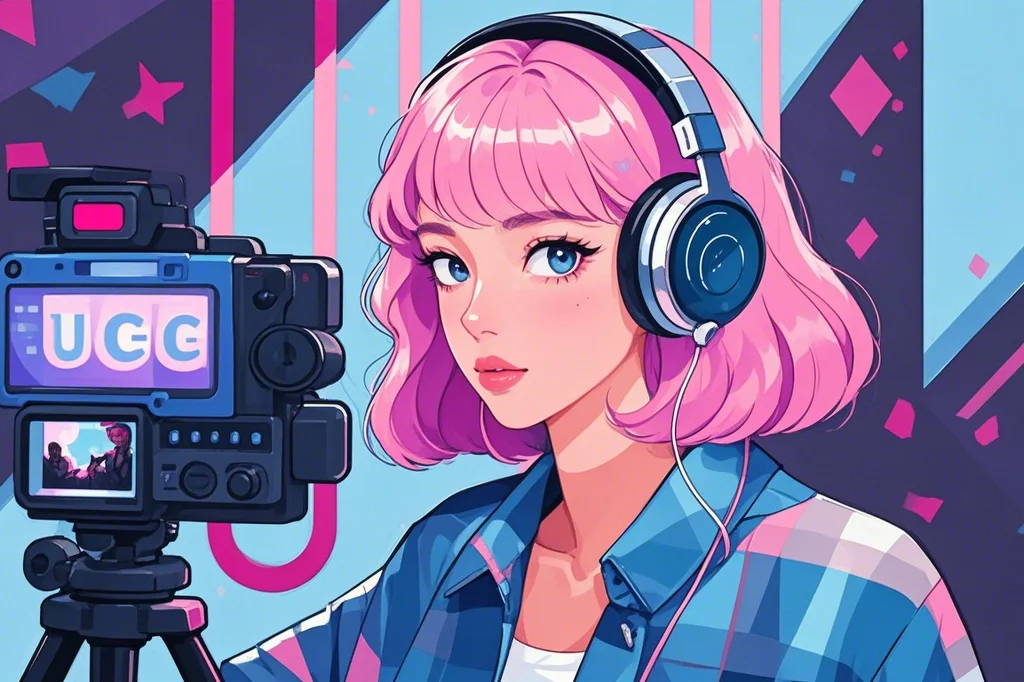
How UGC Ads Differ from Traditional Ads
Traditional ads are controlled by the brand. They decide the message, pictures, and story. Think about costly TV ads, shiny magazine pages, or perfectly styled Instagram posts from companies. Although these ads can work, they often lack authenticity and fail to connect with skeptical audiences.
UGC ads are different because they come from real user experiences. They show genuine customer interactions with products or services, adding another level of trust. Instead of a brand just saying their product is great, UGC ads let everyday people vouch for it. This person-to-person endorsement makes UGC ads more engaging and effective.
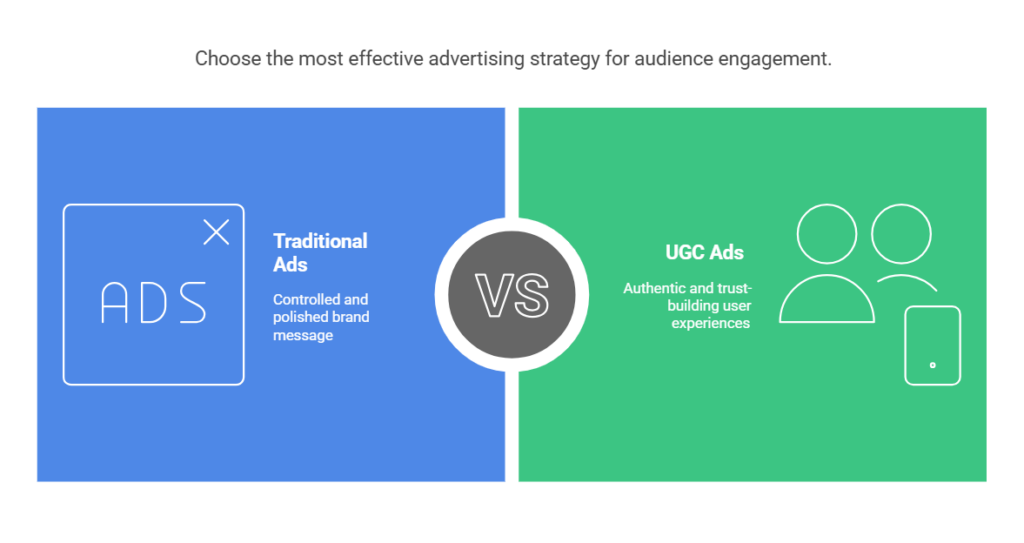
The Benefits of UGC Ads
Building Trust and Credibility
These days, people trust other users' opinions more than typical brand advertisements. UGC ads showcase real experiences from real people. For instance, a Nielsen study found that a whopping 92% of people trust UGC over traditional ads. This could be someone sharing their love for a skincare product on TikTok or another person posting an unboxing video on YouTube. Such ads build trust in ways traditional ads simply can't match.
Boosting Engagement and Social Proof
Social proof happens when people see others using and enjoying a product, which makes them more confident to try it themselves. UGC ads drive more interaction because they resemble regular social media content. They seamlessly fit into the flow of social media, appearing more like part of the daily conversation and less like a sales pitch. This leads to better ad performance, with more clicks and lower advertising costs.
Cost-Effective with Improved Results
Creating top-tier ads can be expensive. You need to pay for models, rent spaces, and do lots of editing. UGC ads offer a solution that's easier on the wallet. Brands can leverage content made by their customers, cutting down on costs. Additionally, these ads often lead to better sales because they come off as genuine. When people see real users supporting a product, they're more likely to make a purchase.
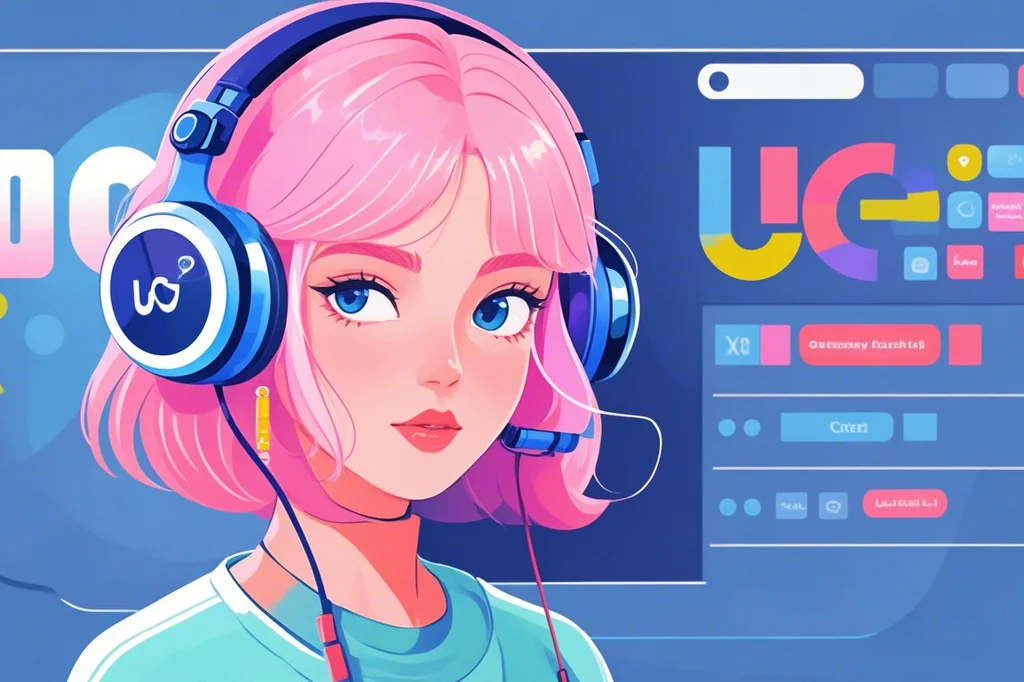
Types of UGC Ads
Image and Video-Based UGC Ads
In digital marketing, photos and videos are very important. UGC ads use this idea well. Image-based UGC ads include photos taken by real customers showing a product in everyday life, which makes them great for sites like Instagram and Facebook. Video-based UGC ads do even more by using fun content like unboxing videos, tutorials, and clips of customers sharing their opinions. These videos grab attention right away.
UGC Ads on Social Media Platforms
UGC is very popular on social media. Platforms like TikTok, Instagram, and Facebook are perfect for this content. You might see a TikTok dance challenge, an Instagram story, or a post in a Facebook group. Brands often team up with influencers or create hashtag campaigns. This gets people to make their own content, which companies can later use as UGC ads.
User Reviews and Testimonial Ads
Online reviews are very convincing. Ads that show positive customer reviews become more trustworthy and make potential buyers feel safe. Testimonial UGC ads, where real customers talk about their personal experiences, are very successful. These ads work especially well on platforms like YouTube and Facebook, where people can easily watch and share videos.
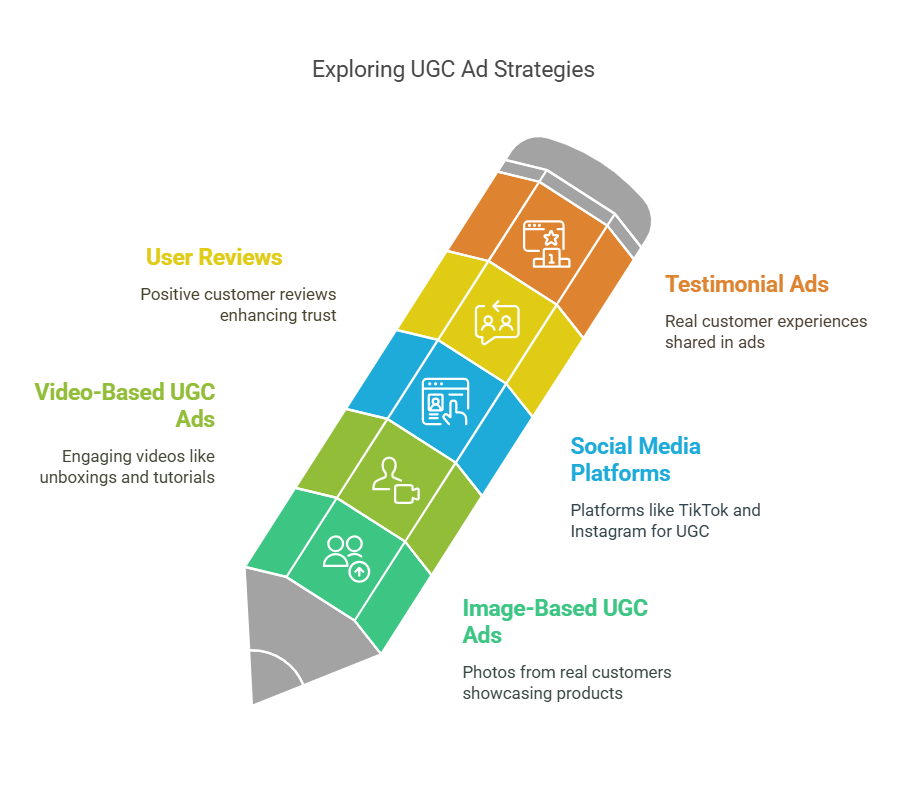
How to Create Effective UGC Ads
Defining Clear Advertising Goals
Before starting with UGC (User-Generated Content) ads, know what you want to achieve. Are you trying to get more people to know your brand, increase sales, or boost interaction with your content? Understanding your goals can guide you in deciding what content you need.
Brand Awareness
To make more people aware of your brand, focus on platforms with a big audience, like TikTok and Instagram. On these sites, UGC ads should have fun and engaging content, such as funny reactions or before-and-after transformations. This type of content is excellent for getting your brand noticed by many people.
Driving Sales and Conversions
If increasing sales is your main goal, focus on using testimonials and videos that show your product in action. These UGC ads are powerful because they help people imagine themselves using the product. Seeing how it works in real life can make them more likely to want to purchase it.
Finding the Right UGC Content
Encouraging User Participation
To create effective user-generated content (UGC) ads, you need a lot of real content from users. You can achieve this by organizing contests, giving rewards, or simply asking customers to share their stories and experiences. This approach helps build a collection of good-quality UGC.
Filtering and Selecting High-Quality Content
Not every piece of user-generated content is suitable for advertisements. Brands should take the time to choose and sort through the content carefully, ensuring it matches their brand's image and message. Prioritize content with high-resolution images, clear audio, and attractive visuals for the best impact.
Editing and Optimizing UGC Ads
Incorporating Branding Elements and Messaging
User-Generated Content (UGC) ads should look and feel natural. But adding a touch of branding can be very effective. Include elements like logos, short captions, and soft call-to-action messages to help strengthen your brand identity. This can be done without making the content seem too much like a sales pitch.
Ensuring Content Matches Brand Style and Appearance
Even though UGC is produced by customers, it should still fit well with the brand's overall style and tone. Using consistent colors, fonts, and messages is important. This approach ensures the ad blends seamlessly with other marketing materials, giving a unified and professional look.
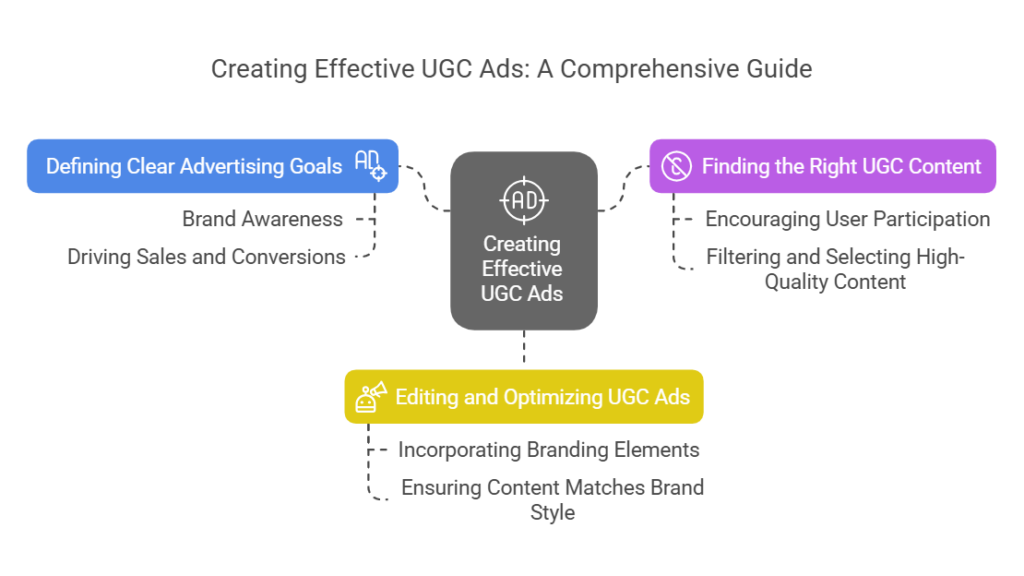
Performance of UGC Ads on Different Platforms
UGC Ads on Instagram
Instagram is ideal for User-Generated Content (UGC) ads because it focuses on visuals like photos and videos. You can use different features, such as Stories, Reels, and Feed posts, to display UGC in various ways. Reels have especially transformed how businesses use short UGC ads, making them more engaging and effective.
UGC Ads on TikTok
TikTok is perfect for UGC ads due to its emphasis on genuine, unedited content. Brands can participate in popular challenges, add elements to trending videos, or use viral customer clips to enhance interaction and reach a wider audience.
UGC Ads on YouTube
On YouTube, longer videos like testimonials, product demonstrations, and influencer unboxings succeed as UGC ads. The platform offers different ad formats, such as skippable in-stream ads and short bumper ads, allowing businesses to effectively use user-generated content in diverse ways.
UGC Ads on Facebook & X
Facebook and X are excellent for UGC ads due to their strong targeting capabilities. Facebook lets brands use carousel and slideshow ads to feature multiple UGC pieces in a single ad. On X, the platform's focus on interaction makes it perfect for viral UGC campaigns that encourage sharing and engagement.
Future Trends in UGC Ads
AI and Automation in UGC Ads
The rise of AI tools like Denote is revolutionizing how brands manage and optimize UGC ads. AI-powered solutions help brands analyze trends, curate the best-performing content, and automate ad placements for maximum impact.
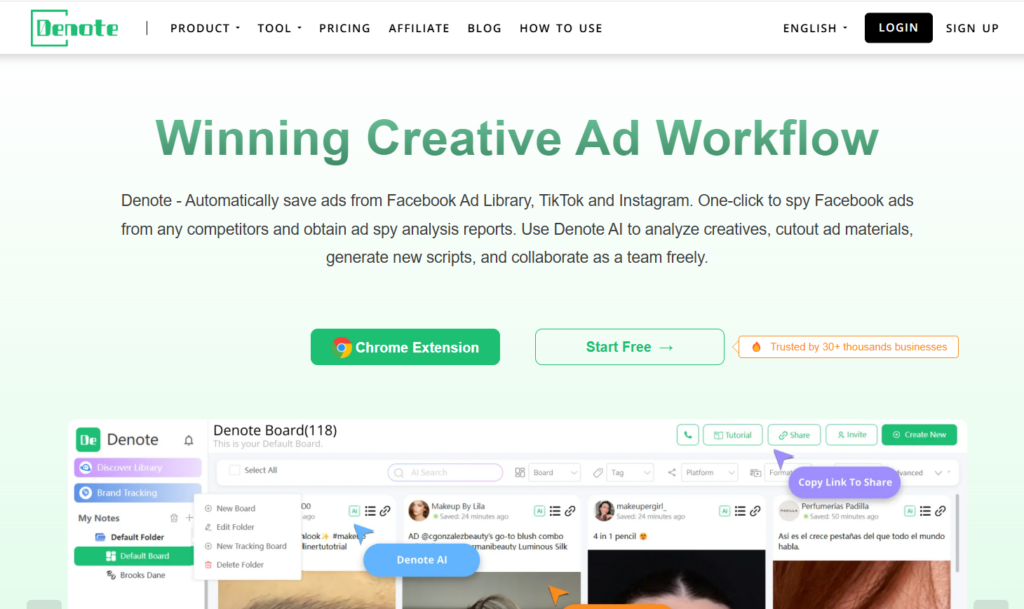
The Rise of UGC Ads in Short-Form Video Content
Short-form video is dominating social media, with platforms like TikTok, Instagram Reels, and YouTube Shorts driving massive engagement. Brands that leverage UGC ads in short-form videos will stay ahead of the curve.
Privacy Concerns and Ethical Challenges in UGC Advertising
As UGC ads continue to grow, privacy concerns are emerging. Brands must obtain proper permissions from users before repurposing their content. Ethical considerations, such as transparency and disclosure, will be crucial in maintaining consumer trust.
Conclusion
UGC ads are reshaping digital marketing, offering brands an authentic, cost-effective, and engaging way to connect with audiences. As AI tools like Denote enhance content curation and automation, the future of UGC advertising looks brighter than ever. Brands that embrace this trend will not only build stronger relationships with their audience but also drive meaningful business results.
